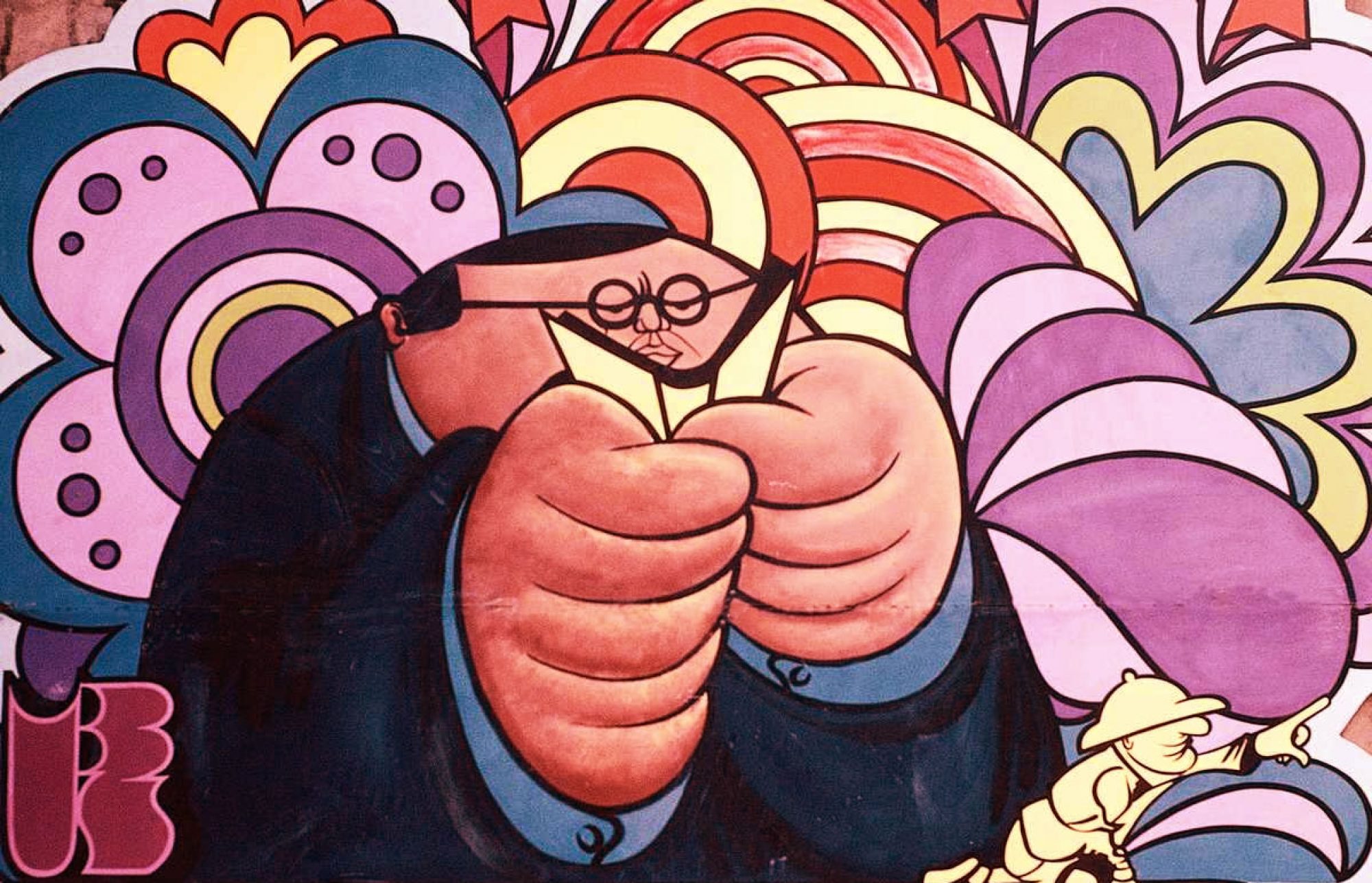Nora Naish, The Butterfly Box
The butterfly box is a small art nouveau cigarette case which has been in Lucy Marshall’s family for years. Together with a family portrait allegedly by Klimt, it has been passed down through four generations of mothers and daughters. But the butterfly box hides a secret, which is revealed when the family come together at Lucy’s home in the Cotswolds to celebrate her eightieth birthday. Around her Lucy gathers her daughter Beena, granddaughter Joanna, who is bringing her new boyfriend to meet them for the first time, and, in spirit, her mother Louise. It is Louise’s journals, left in Lucy’s keeping and long unread, which reveal that the box lies at the centre of a family scandal far darker than anyone suspected.
( from the sleeve, 266 pages )
Naomi Ragen, The Ghost of Hannah Mendes
Nancy Lee, The Age
Following the international success of the edgy and critically-acclaimed, Dead Girls, Nancy Lee’s highly-charged debut novel, The Age is an ambitious and poignant exploration of the collapse of family, the price of friendship, and the human struggle to find meaning in life and death. A coming of age novel for today, The Age will appeal to readers of Annabel Lyon, Lisa Moore, Heather O’Neill.
Set in Vancouver in 1984, as Soviet warships swarm the North Atlantic, The Age follows Gerry, a troubled teenager confronted with her single mom’s newest relationship. When she takes solace in a ragtag group of activists planning a subversive protest at the city’s upcoming peach march, her fascination with the group’s leader, and her struggle with sexual identity creates a rift between Gerry and her best friend, Ian. Bolstered by her grandfather, an eccentric ex-news anchor in the throes of a bitter divorce, Gerry tries to put herself at the centre of the protest group’s violent plot. When the demands of these complex relationship become too difficult, Gerry escapes to the role she knows best, survivor in a post-nuclear dystopia of her own creation. Gerry’s real life and fantasy life alternate and accelerate until a collision of events and consequences forces her towards life or death decisions in both worlds.
Electric and engaging, with piercing observation, subversive wit, and the same fearlessness that caused a sensation amongst critics and fans of Dead Girls, The Age is at once a startling post-apocalyptic drama, a harrowing journey through adolescent recklessness and desire, and a dark portrait of a generation molded by nuclear anxiety. Its arrival confirms Nancy Lee as one of Canadian Literature’s most thrilling and compelling voices.
( Courtesy of GoodReads, 281 pages )
Murray Bail, Eucalyptus
The gruff widower Holland has two possessions he cherishes above all others:
his sprawling property of eucalyptus trees and his ravishingly beautiful daughter, Ellen.
When Ellen turns nineteen Holland makes an announcement: she may marry only the man who can correctly name the species of each of the hundreds of gum trees on his property.
Ellen is uninterested in the many suitors who arrive from around the world, until one afternoon she chances on a strange, handsome young man resting under a Coolibah tree. In the days that follow, he spins dozens of tales set in cities, deserts, and faraway countries. As the contest draws to a close, Ellen and the stranger’s meetings become more erotic, the stories more urgent. Murray Bail’s rich narrative is filled with unexpected wisdom about art, feminine beauty, landscape, and language.Eucalyptus is a shimmering love story that affirms the beguiling power of storytelling itself.
( Courtesy of GoodReads, 255 pages )
May Sarton, The Education of Harriet Hatfield
Sarton’s 19th novel echoes many earlier themes: the comfort of friendship; relationships between women; the precarious balance between union and solitude, the bond between people and their pets, and what it means to live an elegant life and achieve an elegant death. After the death of her companion of 30 years, 60-year-old Harriet Hatfield opens a bookstore for women in a changing, predominantly blue-collar neighborhood near Boston. Following a newspaper article in which she is labeled a lesbian, a word that very ladylike Harriet has never thought to use, she becomes the target of threats and abuse from an unknown assailant. As Harriet moves from the well-ordered life of a sheltered companion into the rougher, wider world, she begins to redefine herself. Sarton uses the bookstore as a backdrop against which to paint a series of predictable thumbnail sketches of women, but these portraits are pale and thin. Although there is a clarity to her unadorned prose, the richness of varied voices does not come through and emotions are many times too carefully circumscribed. Sarton’s mainstream, “proper” heroine counterbalances gay stereotypes, but the focus on issue rather than character diminishes the novel’s impact.
( Courtesy of Publishers Weekly, hardcover 320 pages )

